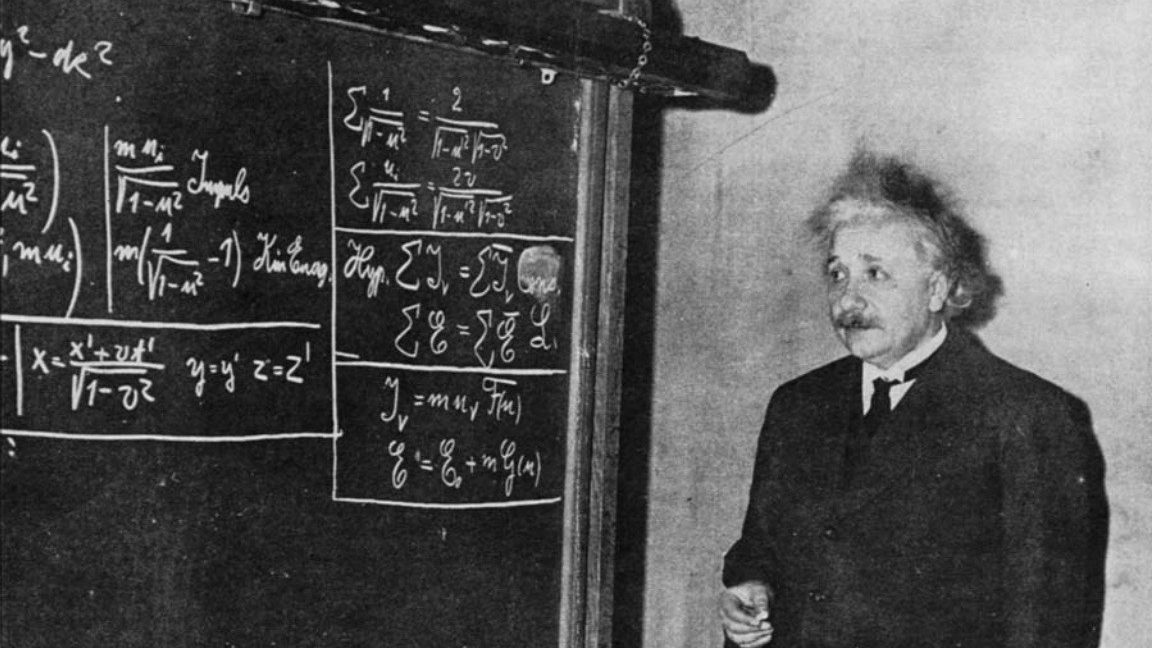Space may be the final frontier, but it’s really interesting what it does to our bodies. Scientists are studying the effects of space on the body, says former astronaut and current physician Scott Parazynski. The results are pretty fascinating, especially when you have the opportunity to take gravity out of the equation. Scott Parazynski is the author of The Sky Below: A True Story of Summits, Space, and Speed.
Scott Parazynski: If you look at the earlier registered passengers onboard Virgin Galactic, for example, they have astronauts in their 80s that are raring to go. I see great opportunities for older astronauts to get onboard Virgin Galactic and Blue Origin and SpaceX in the near future.
Certainly one of the greatest honors of my life was getting a chance to fly in space with my boyhood hero Senator John Glenn. He was up on the pinnacle of heroes as a kid.
He was the very first to orbit the Earth as an American back in 1962, back when rockets didn’t necessarily always behave; there were a lot of failures.
In fact the two launches right before John’s flight, as I recall, blew up, and he was on number three—so there were definitely brave men back in those early days. So it was an incredible thrill to welcome him back to the astronaut ranks and to fly with him on STS-95.
He came back at age 77, the oldest astronaut ever, and we were basically studying his adaptation to space and re-adaptation to earth’s one gravity.
Going up into space is sort of like an accelerated aging process. When even a younger astronaut goes into space we have weakening of our muscles and bones and our heart, because it doesn't have to pump against gravity, we aren’t resisting the force of gravity to move ourselves around. It’s like your body is going on holiday, and so it’s actually a great laboratory for developing countermeasures to the aging process. That was the real reason we wanted to bring John onboard, is to compare and contrast an older astronaut’s experiences with a younger astronaut population.
And he did an amazing job. He was in phenomenal shape, and just a wonderful human being to be around. We learned a lot by having him onboard with us.
One of the things that was really striking is just how well an older person does adapt to space. He was able to perform right lockstep with every other crew-member onboard, contributed in every facet of the mission. He was actually a subject in ten different life sciences experiments—I had to draw gallons and gallons of his blood, which he didn’t care for very much, but he helped us understand those differences. And one of the things that he did struggle with a little bit, coming back to earth’s one gravity. He had issues with getting his balance back, the nervous tubular system was a little slow to recover, not dissimilar to some of our longer duration astronauts when they come back from their missions to the ISS, but certainly nothing that was a showstopper.
It was like a dream come true to have someone that I had revered as a kid become not just a crew-mate but a close friend, as I talk about it all the time. So one of the high points of my career for sure.





